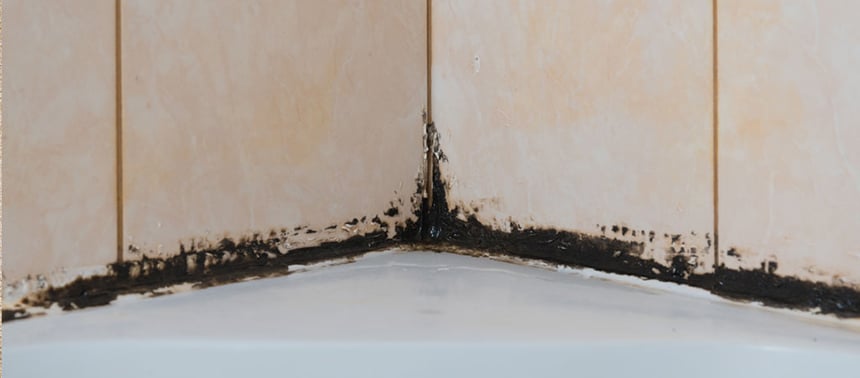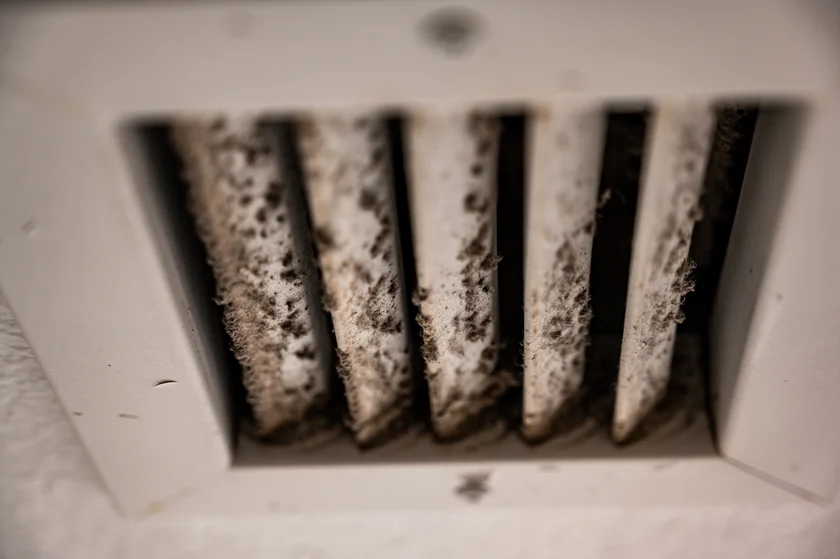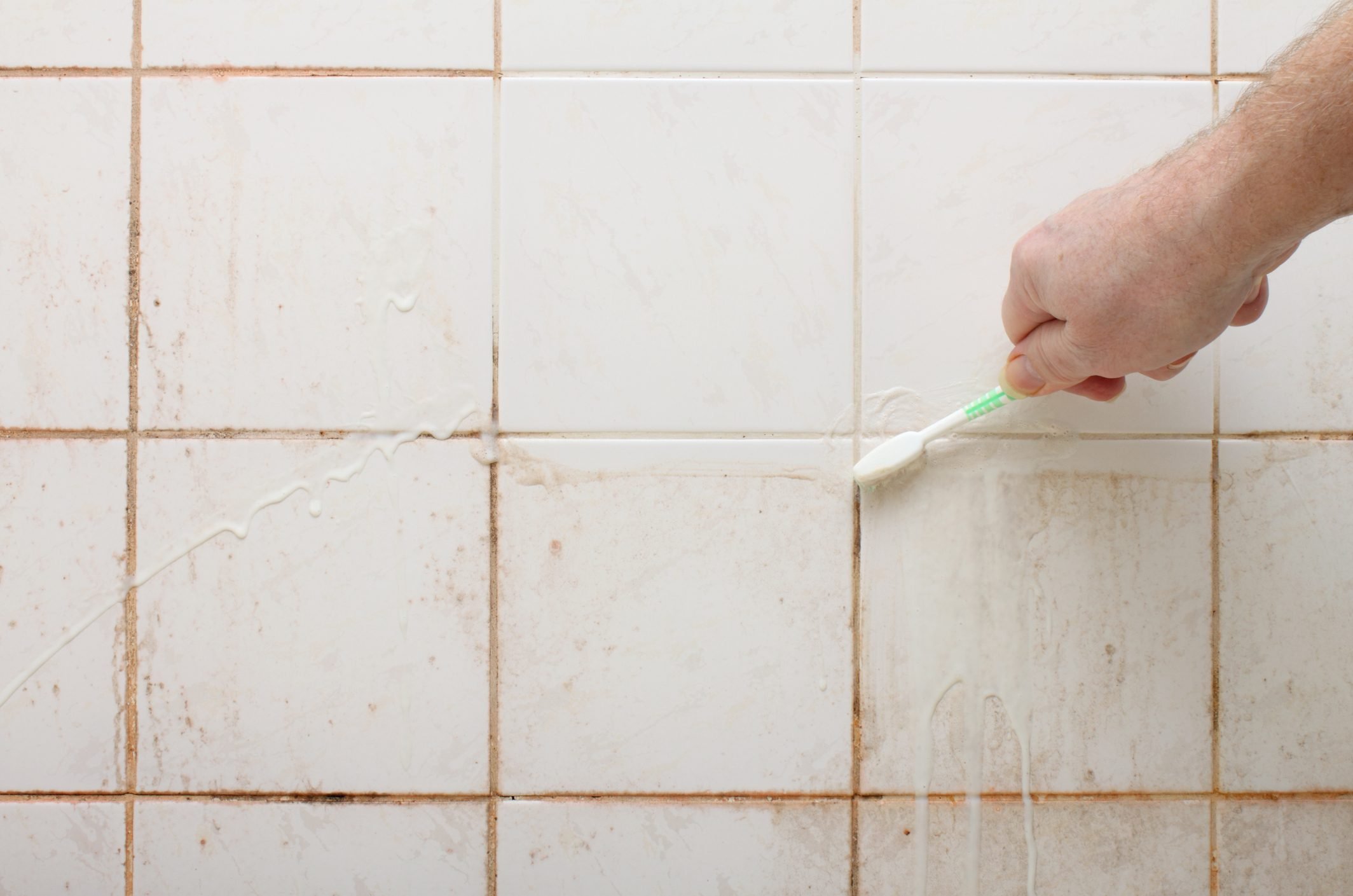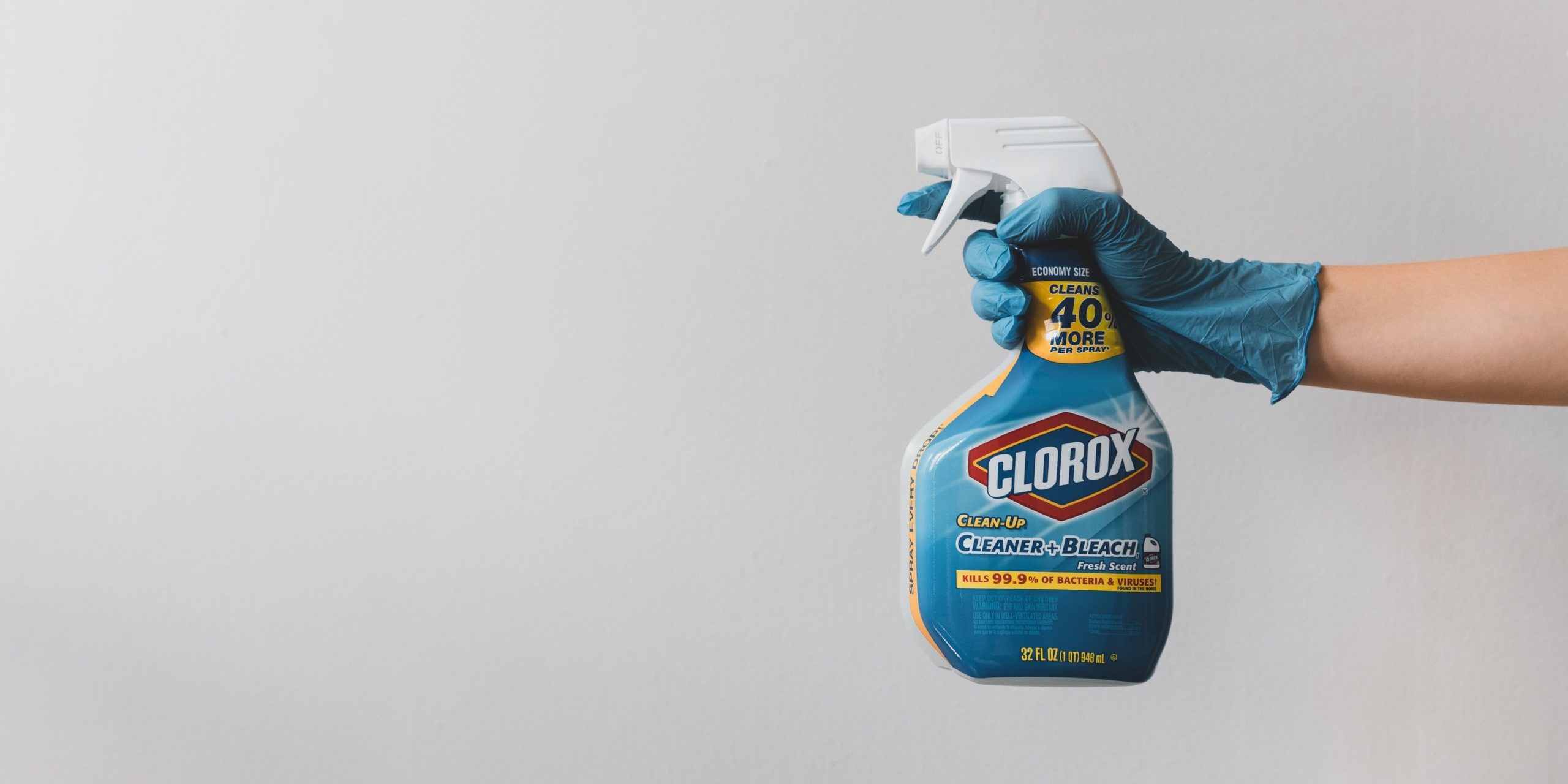
What Causes Mold in Grout?
Mold thrives in damp, humid environments, which makes grout particularly vulnerable. Grout is porous and absorbs moisture easily, providing the perfect conditions for mold to grow. The most common areas for mold in grout include showers, bathtubs, and kitchen backsplashes, where water frequently comes into contact with the tiles. Here are some common causes of mold in grout:
1. Excess Moisture
The most common cause of mold in grout is moisture. Bathrooms, kitchens, and other areas with high humidity or frequent water exposure are breeding grounds for mold. If water is left to sit on tile surfaces or in the grout, mold can quickly develop.
2. Lack of Ventilation

Poor ventilation in areas like bathrooms can lead to moisture buildup, which encourages mold growth. Without proper airflow to dry out the space, water and steam linger on surfaces, creating the perfect environment for mold to thrive.
3. Soap Scum and Dirt Buildup
Soap scum, body oils, and dirt can accumulate in grout lines over time. These substances not only trap moisture but also provide nutrients that mold can feed on, accelerating its growth.
4. Inadequate Sealing
Grout needs to be sealed properly to repel moisture. If your grout hasn’t been sealed or the sealant has worn off, it will be more susceptible to absorbing water, leading to mold growth. Regular maintenance of grout sealant is essential to keep mold at bay.
For more tips on mold prevention in damp areas, check out this EPA guide to mold prevention.
How to Remove Mold in Grout
If you’ve noticed mold growing in your grout, it’s important to remove it as soon as possible to prevent it from spreading. Here are some effective methods for cleaning mold from grout:
| Method | Description |
|---|---|
| 1. Vinegar and Baking Soda | Create a paste using baking soda and water, and apply it to the moldy grout. Let it sit for 10-15 minutes. Then, spray the area with white vinegar. The vinegar will react with the baking soda, helping to break down the mold. Scrub the grout with a brush and rinse with water. |
| 2. Hydrogen Peroxide | Hydrogen peroxide is a natural mold killer that can be effective on grout. Spray a 3% hydrogen peroxide solution directly onto the moldy grout and let it sit for 10-15 minutes. Scrub the area with a grout brush, then rinse thoroughly with water. |
| 3. Bleach | For tougher mold stains, a bleach solution can be used. Mix one part bleach with four parts water and apply it to the moldy grout. Let it sit for about 10 minutes, then scrub the grout with a brush. Rinse the area with water to remove any bleach residue. |
| 4. Commercial Mold Cleaners | There are various commercial mold and mildew cleaners designed specifically for use on grout. Follow the instructions on the product label to safely and effectively remove mold from grout. |
Always wear gloves and ensure proper ventilation when cleaning mold, especially when using stronger chemicals like bleach. For more information on safe mold cleaning methods, visit this Healthline guide to mold removal.
How to Prevent Mold in Grout

Preventing mold in grout is all about reducing moisture and keeping your grout clean. Here are some strategies to prevent mold from returning after you’ve cleaned it:
1. Keep the Area Dry
After using the shower or cleaning the kitchen, wipe down the tiles and grout with a squeegee or towel to remove excess moisture. Leaving water to sit in these areas can encourage mold growth, so drying the space is key.
2. Improve Ventilation
Ensure that your bathroom or kitchen is well-ventilated. Use exhaust fans to remove steam and moisture from the air, and open windows when possible. Better airflow will help dry out damp areas and reduce the likelihood of mold forming.
3. Clean Regularly

Regularly cleaning your grout can help prevent soap scum, dirt, and oils from building up, which mold can feed on. Use a mild cleaner or a vinegar solution to clean your grout and tiles every week.
4. Reseal Your Grout
Grout should be resealed at least once a year to prevent moisture from penetrating its surface. A high-quality grout sealant can help keep water out and make it harder for mold to grow. Be sure to use a mold-resistant grout sealant for the best results.
5. Use Mold-Resistant Products
If you’re renovating or replacing tiles, consider using mold-resistant grout and caulk. These products are specifically designed to prevent mold growth in areas with high moisture levels.
When to Call a Professional for Mold Removal
If the mold in your grout is extensive, or if it keeps returning despite your cleaning efforts, it may be time to call a professional mold remediation company. Mold can penetrate deep into grout and tile surfaces, making it difficult to remove completely without professional tools and expertise. A professional mold removal service can assess the severity of the mold problem, safely remove it, and provide recommendations for preventing future growth.
For expert help, contact Citywide Mold Mitigation. Our team specializes in mold inspection and remediation, ensuring that your home remains mold-free and safe.
FAQ
| Question | Answer |
|---|---|
| Why does mold grow in grout? | Mold grows in grout because it’s a porous material that absorbs moisture. High humidity, excess water, and poor ventilation create the ideal conditions for mold to develop. |
| How can I prevent mold from growing in grout? | To prevent mold, keep the area dry, improve ventilation, clean regularly, and reseal grout once a year. Using mold-resistant grout and sealant can also help. |
| What’s the best way to clean mold from grout? | Effective methods for cleaning mold from grout include using a vinegar and baking soda paste, hydrogen peroxide, bleach, or commercial mold cleaners. Always scrub the grout thoroughly and rinse with water after cleaning. |
| How often should I reseal grout to prevent mold? | It’s recommended to reseal grout at least once a year to keep it waterproof and prevent mold growth. Use a mold-resistant grout sealant for better protection. |
| When should I call a professional for mold removal? | If mold continues to return or covers a large area, it’s best to call a professional mold remediation service. They can assess the problem and ensure the mold is completely removed. |
If you need help removing mold from grout or other parts of your home, contact Citywide Mold Mitigation for expert services today.

